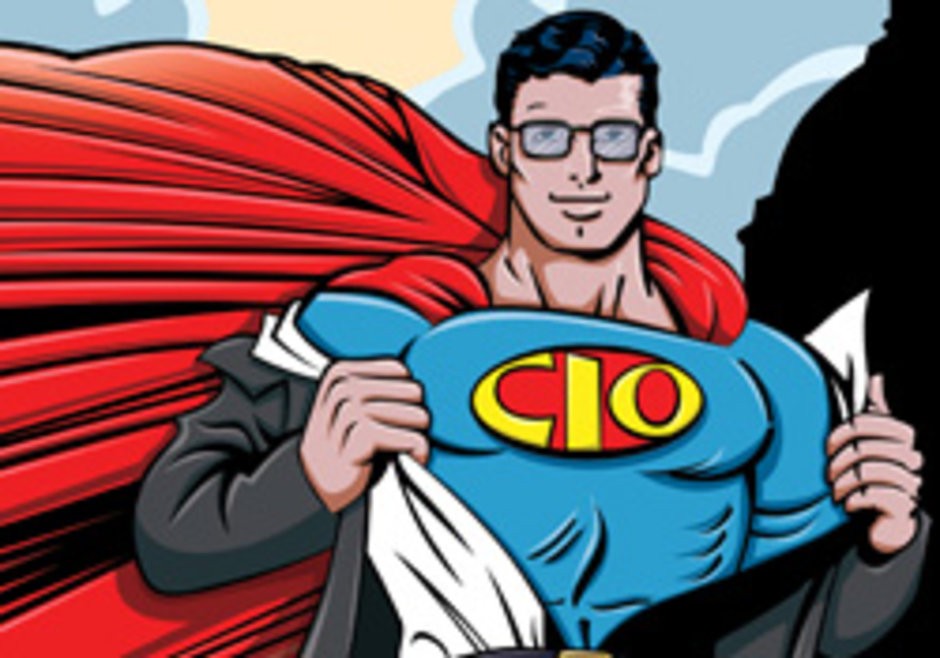
CIO’s role during #covid19
Help identify the virus originator – Modify questionnaire in the EMR to identify potentially infected patients that visited your facility with the Covid symptoms. Speed is the key based on lesson learned from other countries, how fast can you identify the root before it potentially spreads to others.
The pervasive use of telemedicine solutions – Set up the mobile solutions, whether it is a computer on wheels or other form factors in the ER area. Lead and guide the organization operationally to fast track to the virtual world.
CIO should lead the data collection effort – The CIO can utilize their team members to lead the data collection effort by partnering with the hospital’s infectious disease leader to coordinate the transmission of relevant to the CDC.
Utilize hand hygiene metrics – We collect the hand hygiene metrics for Joint Commission, it is now time to put those metrics in use daily. While this may not be the CIO’s role, it is an item to highlight.
Treat this as a downtime – Communication during this stage should be the same as system downtime. CIO’s must ensure that the communications tools are available and easy to use. Think like a marketer and offer the organization an omnichannel experience. Utilize email, messaging, text, social, and other digital channels.
ERP is crucial – The ERP system plays a vital role currently while the organization is increasing its par levels to prepare for an increase in patient volume. The CIO should work closely the supply chain department to optimize any last-minute system configurations to meet the expectation. Electronic data exchange with the manufacture will also be crucial to ensure that supplies are available, and we must use technology to communicate and track inventory. Organizations should think creatively for alternative solutions because we expect the manufacture to run out of essential supplies if an outbreak occurs.
Optimize your remote access solution – How is your remote access environment such as VDI or VPN? The system must be functional in a secure matter as we will start to see a transition where healthcare providers may accommodate a remote workforce.
Clinical scheduling system – I am assuming that most organizations have a time and attendance system for workforce scheduling. Employees should have access to request time off from anywhere at any time.
Prepare the contact center operation – Patient engagement is crucial during this time. Prepare the contact center since they are the first line of contact for appointment scheduling with the patient. CIOs must ensure that their contact center system has the relevant integration so that the agent can provide the most up to date information for a patient.
Patient portal communication may pick up – CIOs should expect a potential uptick on the patient portal usage. I encourage CIOs to monitor the portal and ensure that it is functional while providing an IT staff that is available for support.
This article originally appeared on LinkedIn Pulse.
RETURN TO CHIME MEDIA

